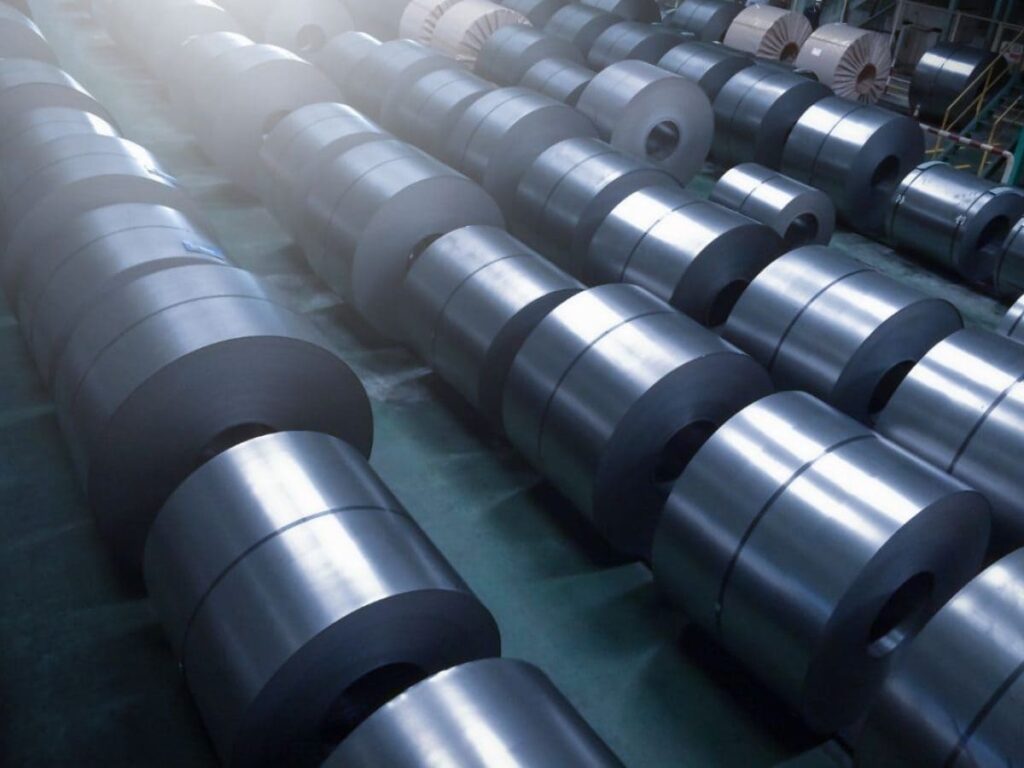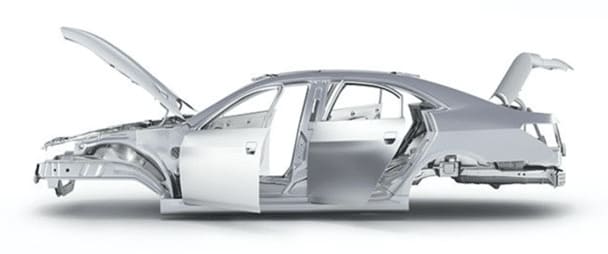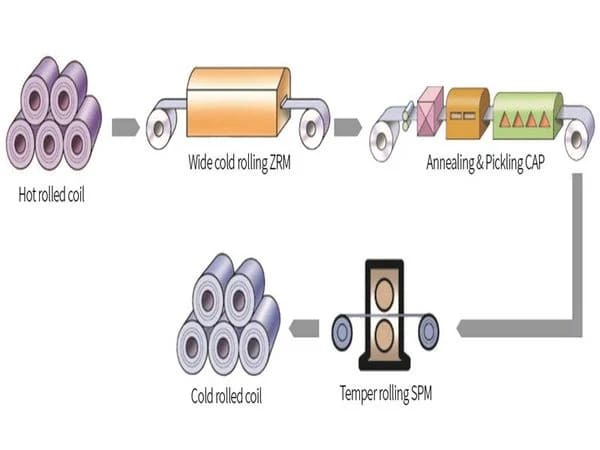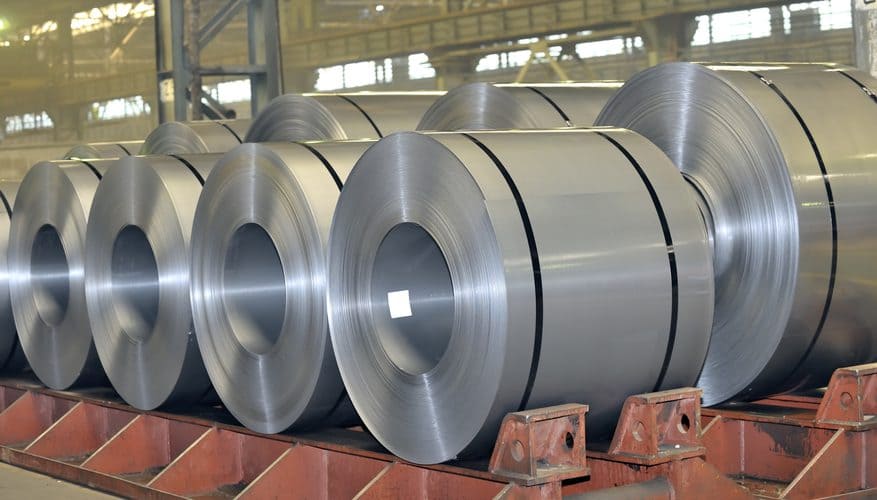Cold rolled steel: characteristics, uses and differences from hot rolled steel
Cold rolled steel plays a key role in many industries due to its unique properties and wide range of applications. This article will delve into the definition, characteristics, uses, grades of cold rolled steel and its differences from hot rolled steel to help readers fully understand this steel.
1.What is cold rolled steel?
Cold rolled steel is steel that has been processed by cold rolling. Cold rolling is a process in which steel is heated to below its melting point at room temperature to increase its ductility, and then passed through a series of rollers to form it, reduce its thickness and improve its surface finish. The processed steel is then annealed to restore its strength, ductility and further improve its surface finish.
2.Properties of Cold rolled Steel
1.Surface Quality
Cold rolled steel can produce a smoother surface finish and tighter dimensional tolerances than hot-rolled steel through the cold rolling process, which is very suitable for applications with high surface finish requirements.
2.Strength characteristics
The cold rolling process hardens cold rolled steel, making it stronger and more durable than hot-rolled steel, but the ductility may be relatively poor.

3.Dimensional Accuracy
The dimensional tolerance is tighter than that of hot-rolled steel, which can meet the needs of applications that require precise dimensions.
4.Thickness Uniformity
Cold rolled steel has a more uniform thickness than hot-rolled steel, reducing the amount of material removed during processing.
5.Weldability
It has good weldability, but attention should be paid to material preparation and the choice of welding technology.
6.Surface Hardness
Due to the cold working process, the surface hardness of cold rolled steel is usually higher than that of hot-rolled steel.
3.Uses of cold rolled steel
1.Automotive industry
Cold-rolled steel is widely used in the automotive industry and can be used to manufacture various parts such as body panels, chassis components, suspension components, etc. Its good strength, dimensional accuracy and surface quality meet the strict requirements of automobile manufacturing for the performance of parts.
2.Home appliance manufacturing
In the field of home appliances, cold rolled steel is an important material for the manufacture of various home appliances such as refrigerators, ovens, dishwashers, washing machines, etc. Its durability and surface quality enable it to adapt to the use environment and appearance requirements of home appliances.

3.Construction industry
In construction applications, cold rolled steel can be used in many aspects such as frames, roofs, doors and windows. Its strength and stability provide reliable support for building structures.
4.Electrical equipment production
Cold rolled steel is also used to manufacture electrical equipment such as transformers, generators, and motors. Its good conductivity and mechanical properties ensure the normal operation of electrical equipment.
5.Packaging field
Due to the strength and durability of cold rolled steel, it is used to manufacture containers, cans and other packaging materials, which can effectively protect products.
6.Industrial machinery manufacturing
In industrial machinery, cold rolled steel can be used to manufacture conveying systems, machine tools, power transmission components, etc. Its high strength and wear resistance meet the working requirements of industrial machinery.
7.Consumer goods production
Cold rolled steel is also used in the manufacture of various consumer goods such as bicycles, furniture, sports equipment, etc. due to its strength, durability and versatility.
4.Cold rolled steel grades
1.ASTM A1008
This is a low-carbon steel widely used in various industrial and commercial fields, such as automotive parts, building materials, home appliances, furniture, etc. It is also commonly used in the production of pipes, tubes and structural steel shapes.
2.ASTM A366
This is a standard specification for cold-rolled commercial steel, suitable for products with simple bending or medium forming requirements.
3.ASTM A109
This is a standard specification for high-formability cold-rolled strip steel, often used to manufacture products that require good surface quality and ductility.
4.AISI 1018
This is a commonly used low-carbon steel grade with wide applications in automotive parts, mechanical parts, building materials, etc.
5.AISI 4130
This is a low-alloy steel that is widely used in the aerospace and defense industries due to its high strength and good toughness.
6.Duplex steel
This is a steel grade that combines low-carbon steel with a small amount of martensitic steel. It has the characteristics of high strength and low-carbon alloy and is suitable for automotive and structural applications.
5.Differences between cold rolled steel and hot-rolled steel
1.Processing method
Cold-rolled steel is processed at room temperature, while hot-rolled steel is processed at high temperature.

2.Surface finish
Cold-rolled steel uses a cold rolling process, which results in a smoother surface finish, tighter dimensional tolerances, and fewer surface defects. In contrast, hot-rolled steel has a poorer surface finish.
3.Strength
Due to the cold working process, cold-rolled steel is generally stronger and harder than hot-rolled steel.
4.Ductility
Hot-rolled steel has better ductility than cold-rolled steel and is easier to form and shape.
5.Surface oxide
The oxide layer on the surface of hot-rolled steel is rough and uneven, while the surface of cold-rolled steel is cleaner and smoother.
6.Cost
Hot-rolled steel has lower processing costs and faster production time, so the cost is generally lower than cold-rolled steel.
Summary
To sum up, cold-rolled steel has unique properties and a wide range of uses, and occupies an important position in industrial production. By having a deep understanding of cold-rolled steel, we can better choose the right steel according to actual needs.
